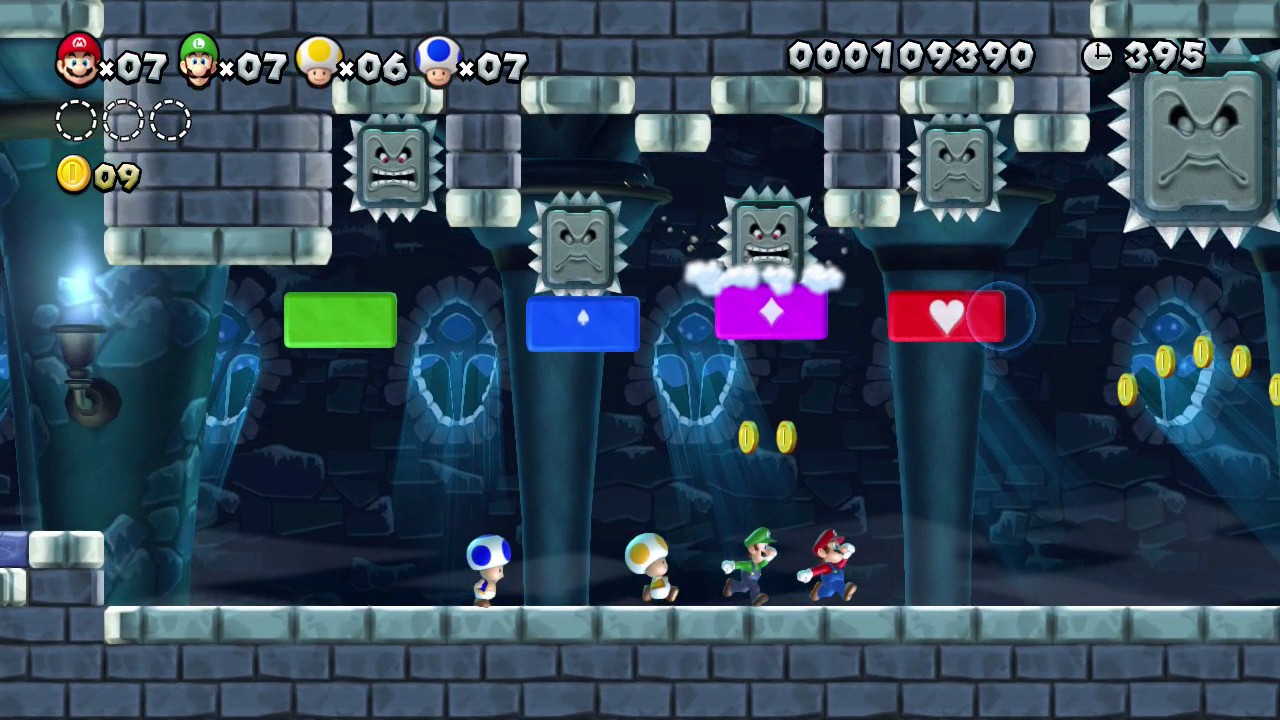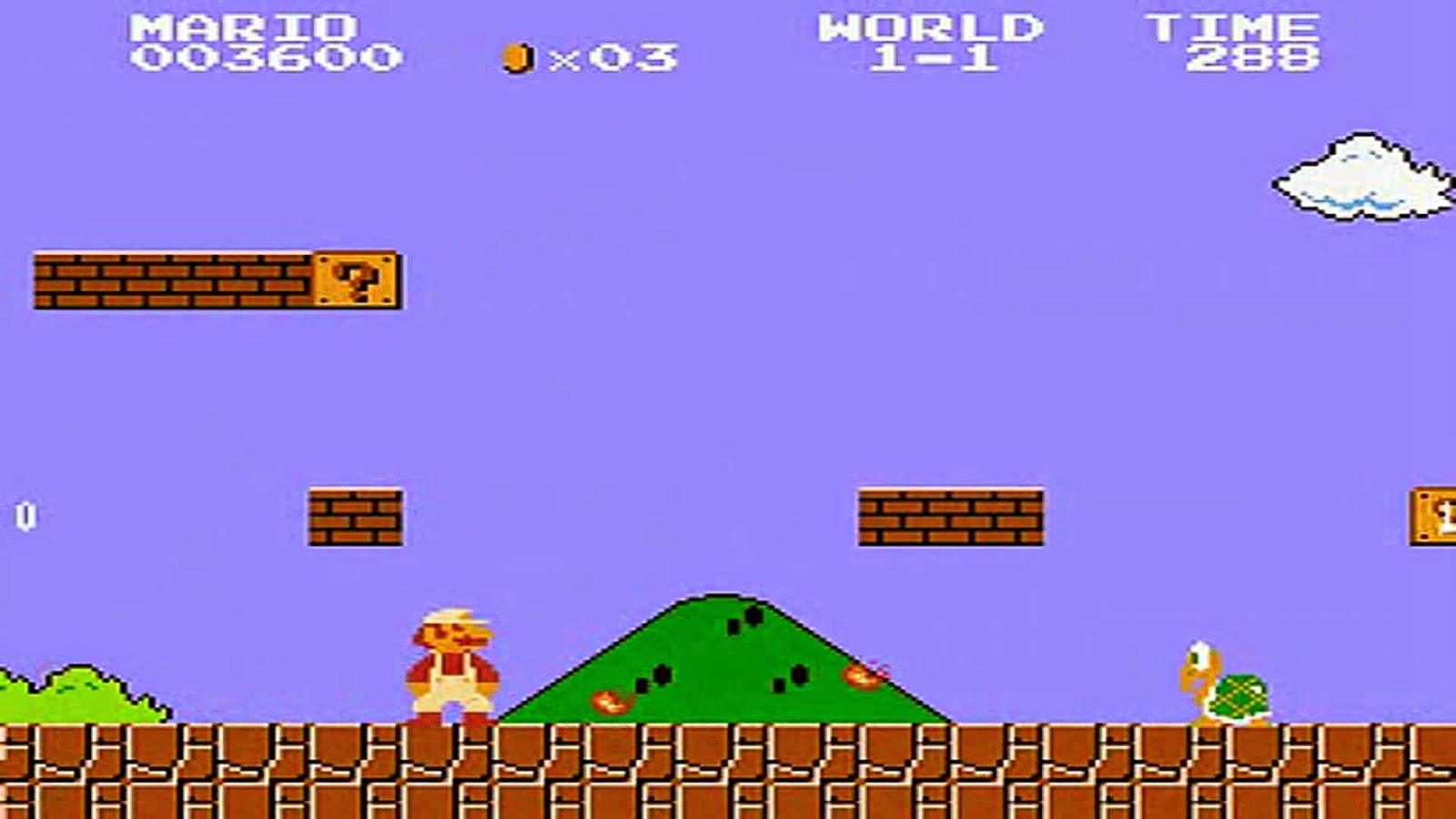

In addition, due to differences between American English and Commonwealth English, the English translation for the UK and Australia cannot always be simply copied from the American version of the game the same applies to Latin American Spanish and European Spanish, as well as Canadian French and European French.Īs a result, PAL releases were often the final version of Nintendo games, with the chance of the highest amount of bugs fixed, the games being adjusted to run at 50Hz (sometimes resulting in slower gameplay speed), and possibly significant changes added, at least prior to the adoption of online play requiring copies of the games to be compatible with each other.


This is for numerous reasons: as PAL functions very differently from the NTSC format, games had to be converted to work in the PAL format, and games have to be translated into several languages within the region, whereas NTSC regions have fewer languages to handle (at minimum, only English and Japanese). Historically, the PAL version is usually the third and final major version for games made in Japan to be released. An alternative standard that runs PAL at 60 hertz was later developed, so the difference between the formats primarily became their different methods of encoding.

NTSC TVs run at 60 hertz (meaning the image refreshes 60 times per second), while PAL TVs only run at 50 hertz (50 refreshes per second), meaning that, unless adjusted to account for the refresh rate, PAL runs at 5/6th the speed of NTSC. There are numerous differences between PAL and NTSC as television formats, but the main difference which affected video games was their refresh rates. This is opposed to NTSC, which is the standard used in North America and smaller parts of South America and Asia. The term comes from the analog television encoding system Phase Alternate Line, which was the primary method of encoding analog TV for these parts of the world. Within the video game community, PAL is a term used to refer to the region of Europe, most of Asia (minus Japan, South Korea, Taiwan and the Philippines), Africa, most of South America, and Australia. Regions of the world which used the different encoding systems


 0 kommentar(er)
0 kommentar(er)
